Change, as it often seems to do, came upon us suddenly in 2020. Before March 11, 2020, the day the World Health Organization announced a worldwide pandemic, only 3.4% of Americans were working remotely.
Today, all non-essential businesses have shuttered their doors in cognizance of shelter-in-place and social distancing guidelines. As a result, the number of people working from home skyrocketed within a month.
The transition hasn’t been easy, especially for businesses that thrive on collaboration and teamwork. But with local and state governments across the nation extending shelter-in-place rules through the end of May, we may all be working from home for longer than expected.
Though it’s a difficult time, companies now have an opportunity to reimagine their goals and explore innovative ways to manage productivity. Though the current crisis has caused devastating effects for people and businesses alike, it has also forced companies to become more flexible and productive with the help of technology.
Working remotely encourages a more performance and results-based approach. With the right tools, businesses can track and optimize performance to improve results. What kind of resources do you and your company need to create an effective and productive work-from-home program? Unquestionably, up-to-date cloud-based technology is key to helping your staff and colleagues succeed.
At MeetingPulse, we’re dedicated to finding ways to keep the virtual workforce engaged and connected. Keep on reading for our round-up of the six best technologies for building the ultimate tech stack. (Note: we are not an affiliate and do not get referrals for any of the services mentioned below.)
Advantages of Working Remote
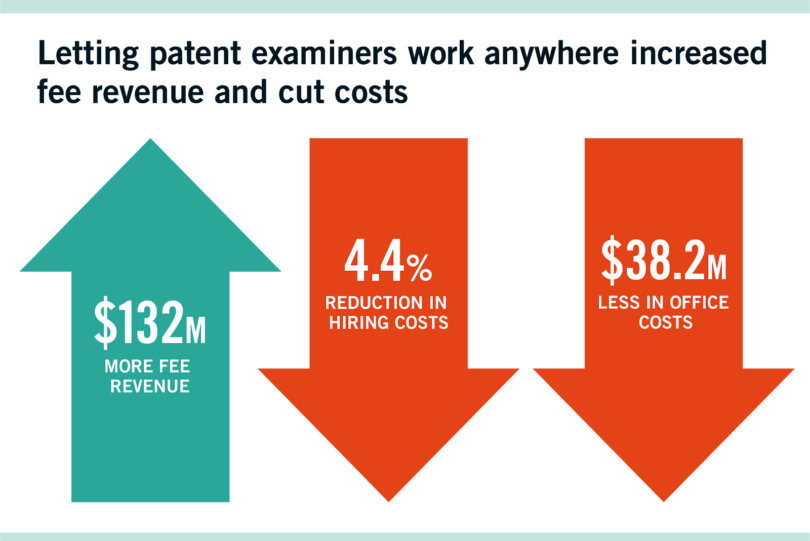
Source: Harvard Business School Researchers at Harvard Business School found that employees allowed to work remotely were 4.4% more productive than those that had to work on site or near the office. Other than increased productivity, what are the advantages of working remotely? There are a wealth of potential benefits for companies that choose to adopt a remote work program:
Flexibility
- Employees will have an increased ability to network and attend meetings remotely no matter where they are.
- Employees no longer have to worry about commuting to and from work, which can increase stress and affect productivity.
- Employees can work when they feel most productive.
- Employees with families can continue to work while caring for children at home.
Collaboration with More People
- Companies spread across several locations will no longer be limited by travel time and expenses. They can connect from home to collaborate.
- Partnership and relationship building can be promoted through online resources.
Cost
- Employers offering at least part-time telecommuting flexibility collectively save $44 billion each year.
- Businesses can save on expensive overhead costs, such as real estate or office rent.
- Companies may experience an increase in employee retention, thereby saving on costs of interviewing, hiring, training, and other onboarding costs (a Stanford University study showed a 50% drop in employee attrition rates when a company adopted a telecommuting system at work).
Comfort
- Staff can start work immediately rather than spend time commuting to the office
- A comfortable working environment can increase employee morale: 36% of employees cited “convenience of home and quieter working environment” when asked how working from home improved their performance.
- Employees can participate in the effort to contain COVID-19 infection through social distancing (on March 15, 2020, the Center for Disease Control and Prevention (CDC) released interim guidelines for businesses, prompting them to plan for staff absences and allowing employees to work from home if possible).
- Companies are starting to offer resources for clients in response to the current COVID-19 pandemic On March 3, 2020, Google revealed the company would begin offering free access to advanced Hangout capabilities for G Suite clients across the globe as part of its COVID-19 outbreak response.
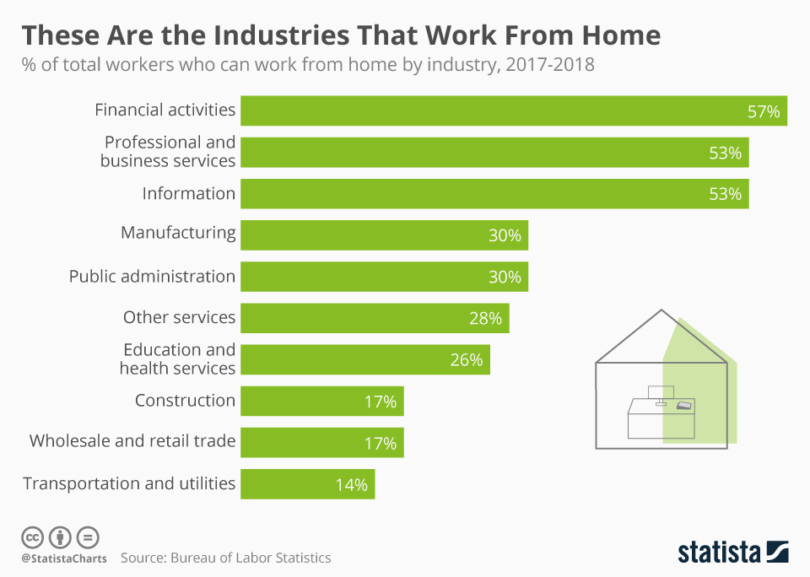
Source: Statista
Best Teleconferencing Solution: Zoom
:
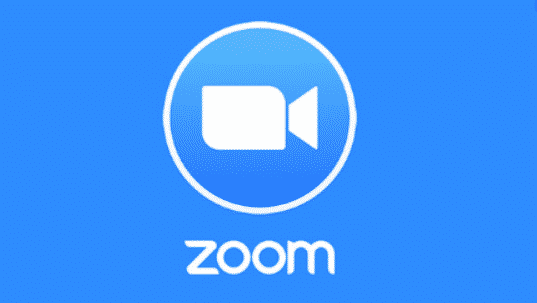
With its smooth connection abilities and comprehensive product offering HD video, audio, collaboration, and chat functions, Zoom reigns supreme in teleconferencing solutions.
Video webinars, meetings, chat rooms, and cloud phone systems are made easy with Zoom’s user-friendly setup. Its versatile design makes Zoom appropriate across almost all industries, and especially effective in the education, finance, government, and healthcare sectors (bonus: Zoom is HIPAA compliant).
“User friendly” is a catchall term, but in Zoom’s case, it really is that easy to set up a video conference. Only one person needs to install Zoom on their computer, which takes no more than a few minutes. Once this is done, all others attending the teleconference need only click the meeting link to join.
In addition, features like screen sharing and messaging make it easy to hold a webinar or conference with effective visuals to keep your zoom audience engaged.
Related: How To Have Better Team Brainstorming Sessions
Best Business Messaging App: Slack

Slack‘s channel-based messaging system has become the standard for modern businesses to augment work communication and promote project workflow. With this platform, employees can message each other directly or communicate across a dedicated announcement channel.
It also allows members of a team to keep each other updated on their current status, whether they’re away from their desk at the moment or working on a particular project. Team members can even call each other through the app, allowing for swift and effective communication.
Slack is particularly useful when it comes to connecting other apps within communication channels. Linking a project from Google Drive or Asana is simple as well as enabling other functions like Zoom or Salesforce. And this app isn’t limited to internal communications. Partnership opportunities are enhanced by Slack’s ability to share channels with other companies, clients, or vendors.
With this handy communication tool, everyone can stay up-to-date on team projects, nurture valuable partnerships, and remain in touch even while working remotely.
Related: Tips to Improve Communications in the Workplace
Best Employee Engagement Tool: MeetingPulse
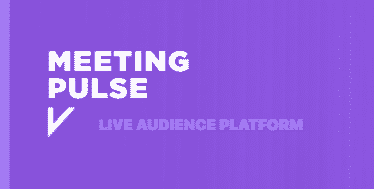
MeetingPulse is the go-to employee engagement tool trusted by leading global corporations and Fortune 500 companies. This versatile cloud platform promises and delivers on all fronts by helping companies developing custom solutions for a wide array of businesses, and collecting and analyzing data for future improvement.
MeetingPulse even provides on-site support to ensure a smooth and stress-free meeting. This high level of quality customer service allows companies to prioritize what matters most: establishing a meaningful connection with their team.
Utilizing entertaining features like live question and answer session options, polling, ability to do live surveys during presentations, raffles, quizzes, and live audience feedback, companies can be assured that remote employees will remain attentive and engaged.
From important conferences to staff training sessions, MeetingPulse’s technology elicits extensive employee engagement. For any company hoping to improve engagement at team meetings, garner important feedback, or simply inspire genuine enthusiasm during a presentation, MeetingPulse is an essential and vital resource.
With an easy setup and seamless integration into any corporate identity system, MeetingPulse provides a magical online experience for both coordinators and attendees alike.

Best Tool For Remote Software Development: Github

Perfect for developer teams working remotely, Github features code review tools built into every pull request. This allows a work from home team to review processes and improve codes in a collaborative setting. Team members are able to refine a project and propose new features before implementing a source code change. This inclusive model ensures that everyone is engaged and on task for any given project.
Team leaders, managers, and businesses can benefit from the transparency of Github’s project manager. Coordinating, tracking, and managing projects is simple on Github and allows project managers to stay informed and on schedule. Businesses stand to benefit from this ability to streamline operations and make decision-making more efficient.
Best Project Management Software: Asana
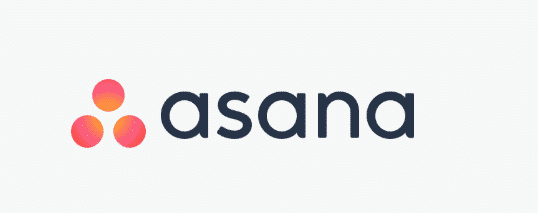
Asana is a project management tool that allows companies to integrate projects, communications, and workflow across one intuitive platform. Asana’s technology allows team members to assign tasks, schedule meetings, and update their individual calendars with ease. Like a planner but better, each team member can modify tasks, link to other apps, assign due dates, and establish clear communications for each project.
Asana’s multifunctional capabilities can be used to track sales campaigns, manage project scheduling, build roadmaps and onboard new customers. This speedy solution is a boon for team members who are fully remote as they can work on several projects at once while staying organized.
Managers and employers can effectively track each team member’s contributions to ensure streamlined operations and maximum productivity. With detailed information at its fingertips, a company can make timely decisions to improve overall workflow and see every project through from beginning to end.
Related: Better Performance Management in the 21st Century
Best Document Creation Tool: Google Drive
Google Drive combines the convenience of working from home with the ease of being able to share files among colleagues and team members. This cloud-based application allows individuals and businesses to create, save, and store documents and make those materials easily accessible to others via a shared drive or shareable link.
The panic of arriving anywhere without your work product is eradicated with the use of Google Drive. So long as they can sign into their Google account, users can access whatever they’ve been working on and continue to work remotely, share vital data during meetings, and pull up handy slides during a presentation.
Google Drive also supports a number of file types beyond Google’s native formats: images (.JPG, .PNG, .GIF, .TIFF, .BMP, .WEBP) as well as most audio and video file formats. For businesses who want to save costs on word processing programs, Google Drive is an excellent solution. Text files created on Drive can be saved in various formats, including .DOC and .DOCX.
Finally, Google Drive saves documents automatically to the cloud, which solves the problem for those who forget to save their documents in a traditional word processing program.

Best Tool for Backups: SugarSync
SugarSync is another convenient file sharing and document management system that allows remote employees to work across multiple devices. PC Mag calls it “one of the simplest file syncing services we’ve ever seen.”
A team member who began work at the office can access the same files at home, whether on a PC or Mac. SugarSync’s easy formula allows users to save, sync, and back up data, audio, and visual files from anywhere. Employees working from home can collaborate on projects, share secure files, and connect others to view-only files.
Businesses will benefit from SugarSync’s generous storage capabilities which keeps files on an unlimited number of devices in sync. Security is assured with SugarSync because of its Remote Wipe function, which allows for removing all data from any Mac or PC in the case of data loss or theft. Because data remains on the cloud, all information can then be synced to a replacement device, cutting down on a business’s downtime costs.
Conclusion
Remote working professionals or businesses planning for a work-from-home program in response to COVID-19 considerations have a number of options when it comes to smooth, integrative technology.
With the above technologies helping your team stay on task, managers and companies need not fear a dip in efficiency or productivity. Workflow can continue seamlessly and employees can stay engaged and connected while collaborating.
Hoping to chat with your colleagues and see what they think about going remote? Try setting up a meeting through MeetingPulse and poll them to get some feedback! Learn more here.
Related: 35 Funny Poll Questions to Engage Your Audience and Brighten Someone’s Day







